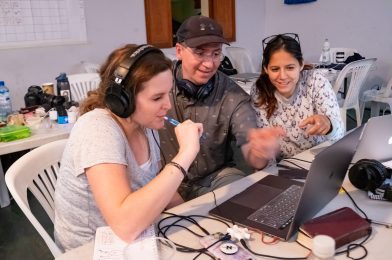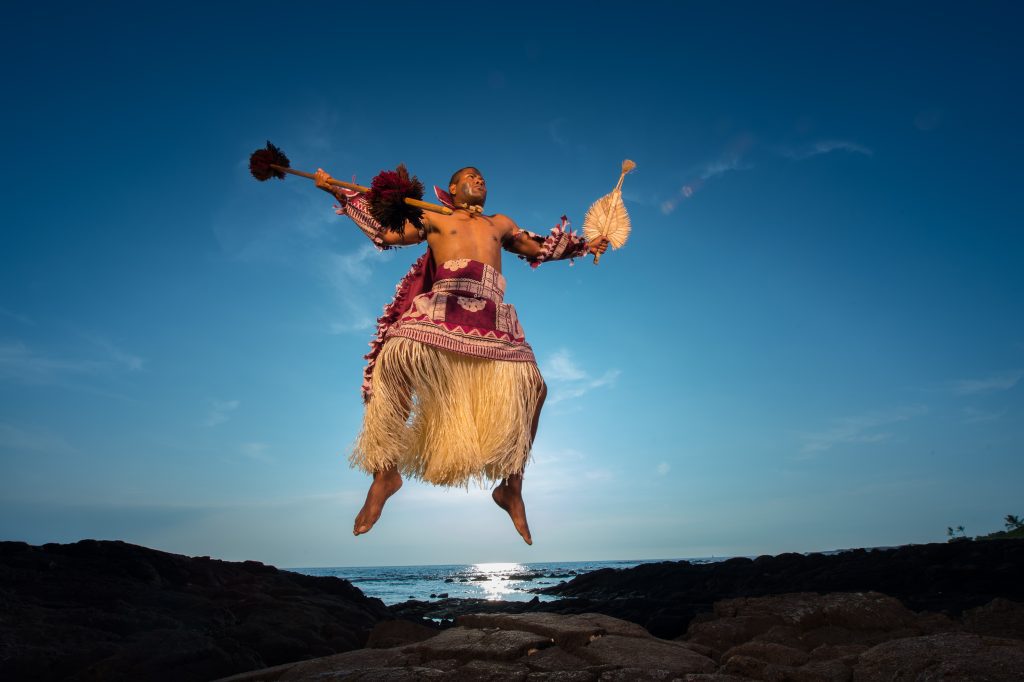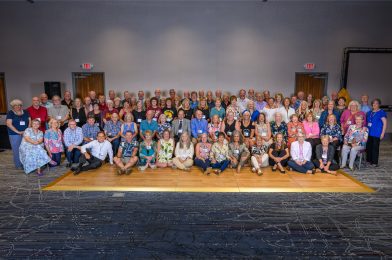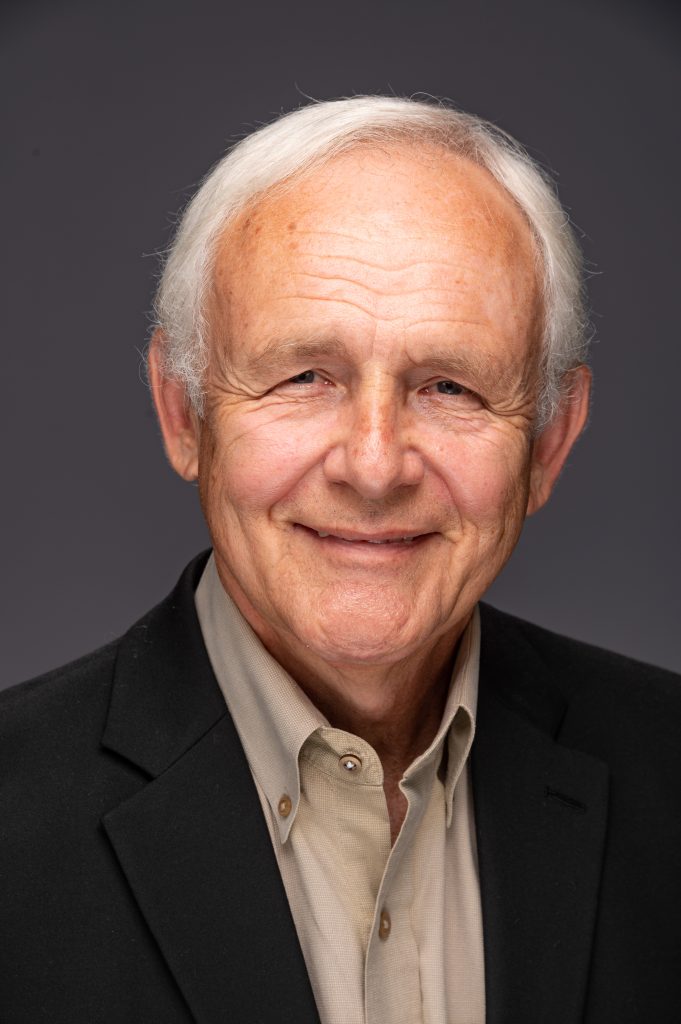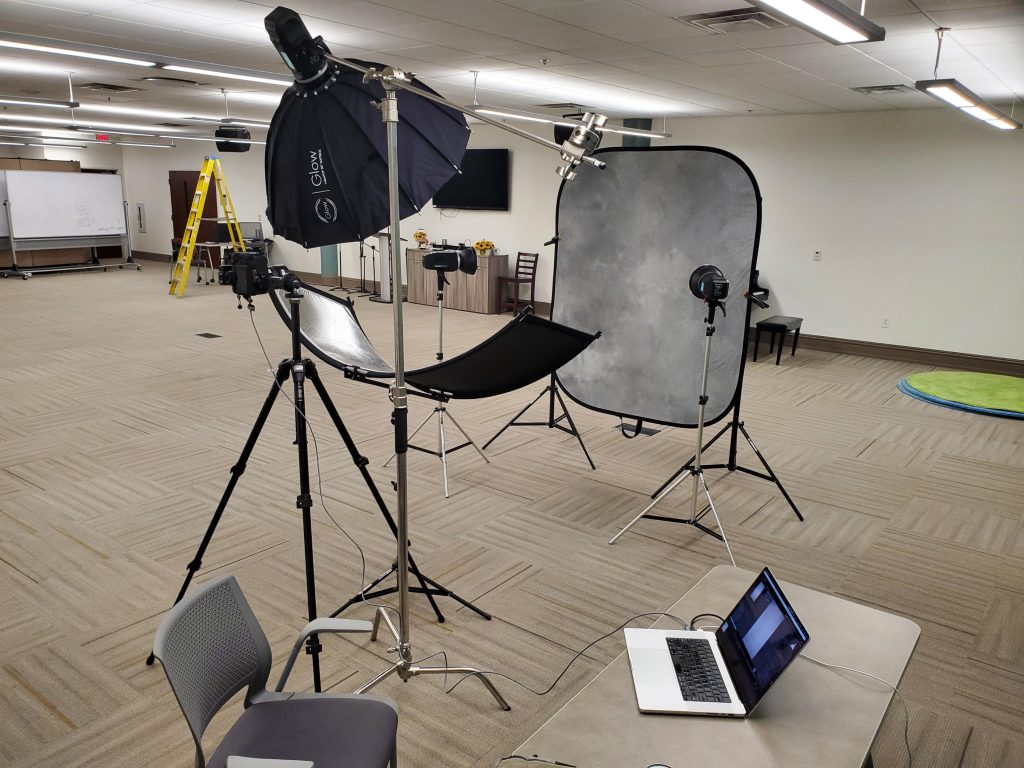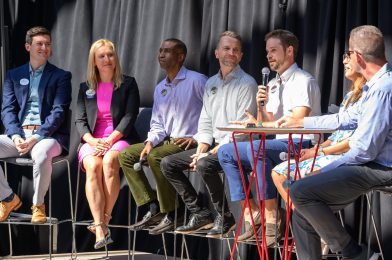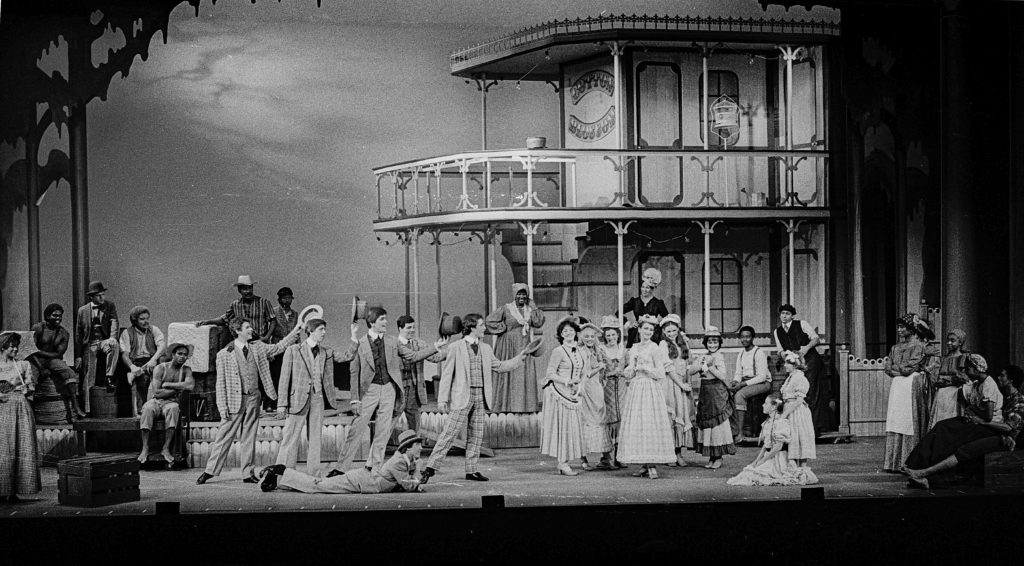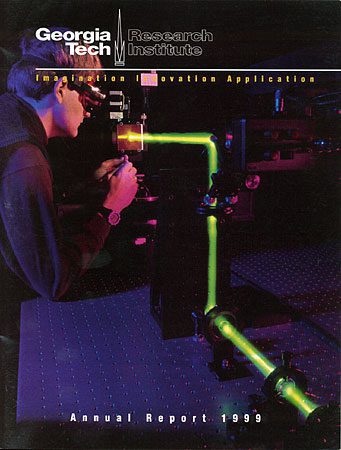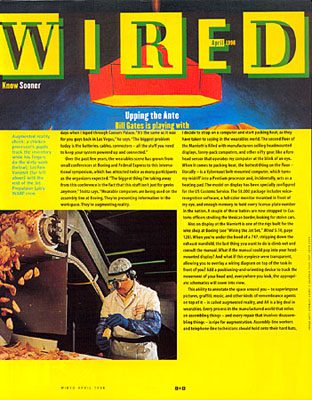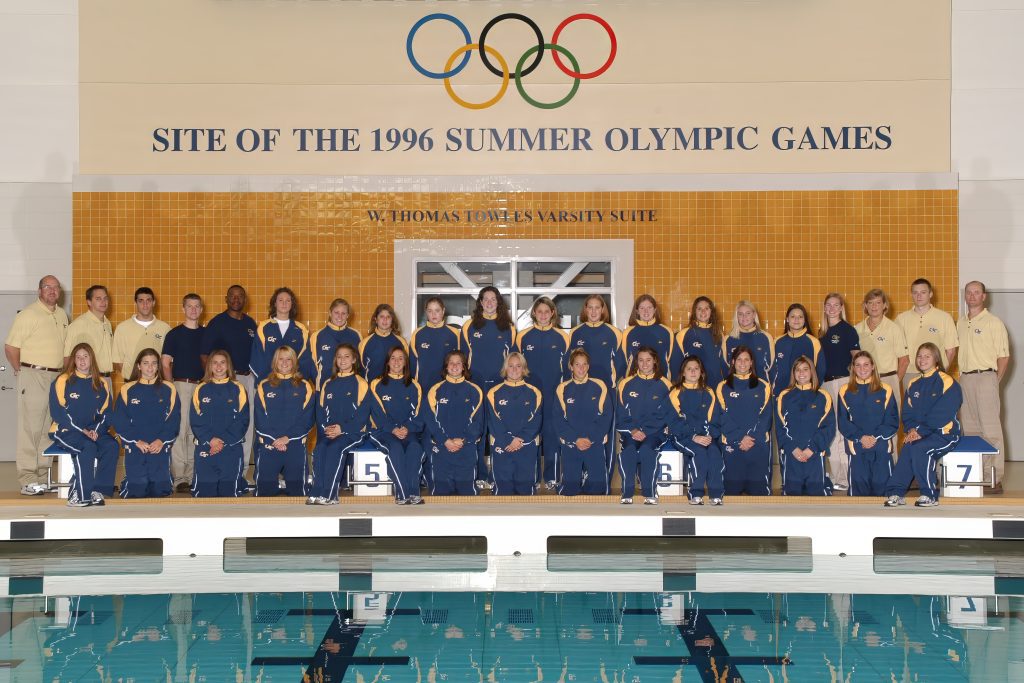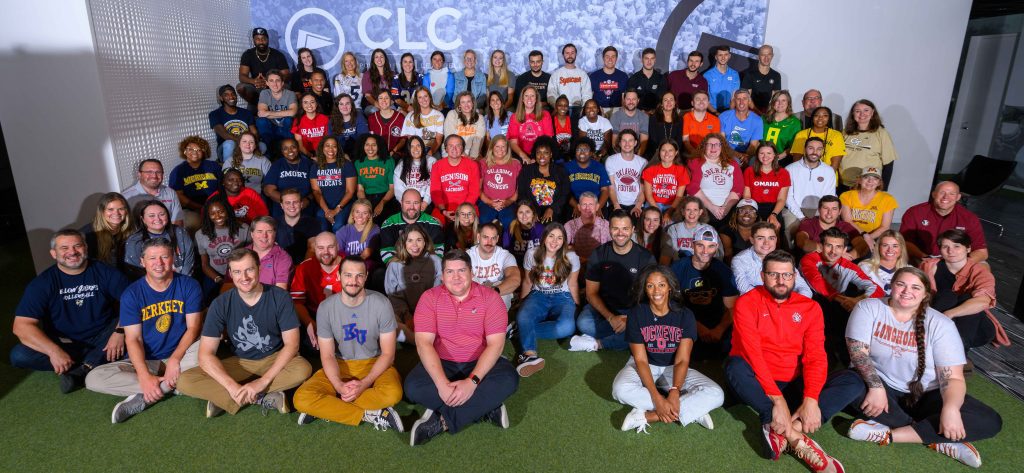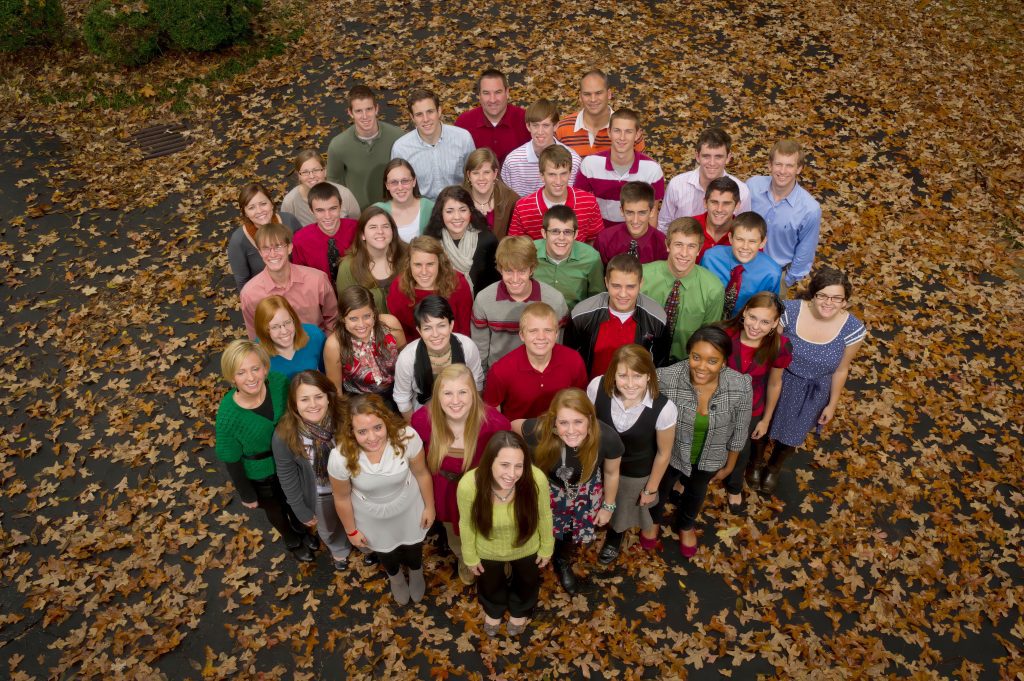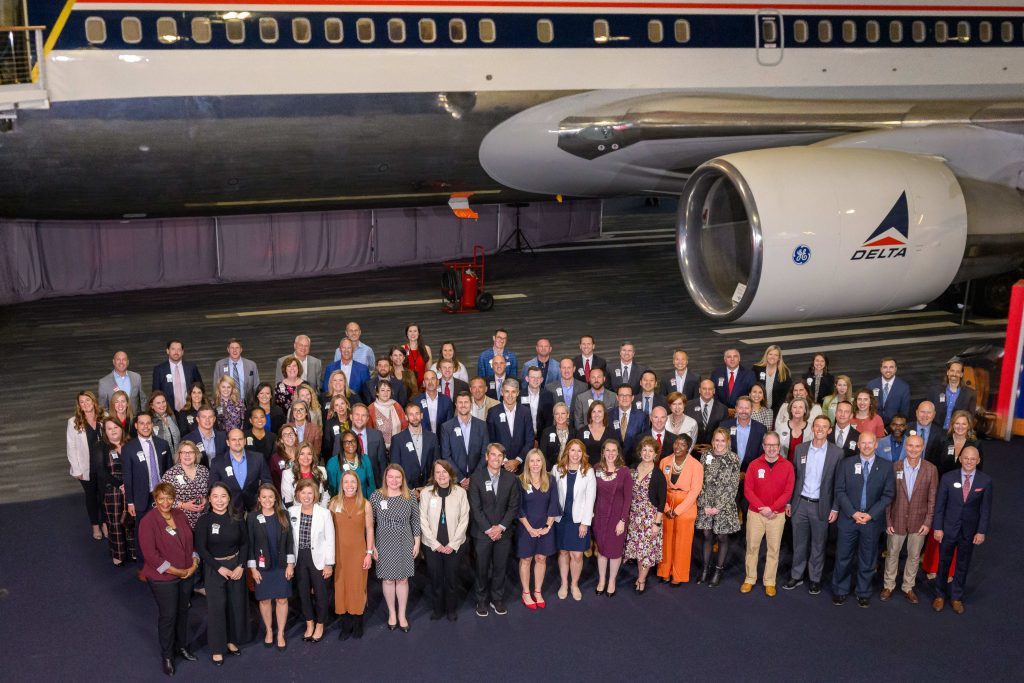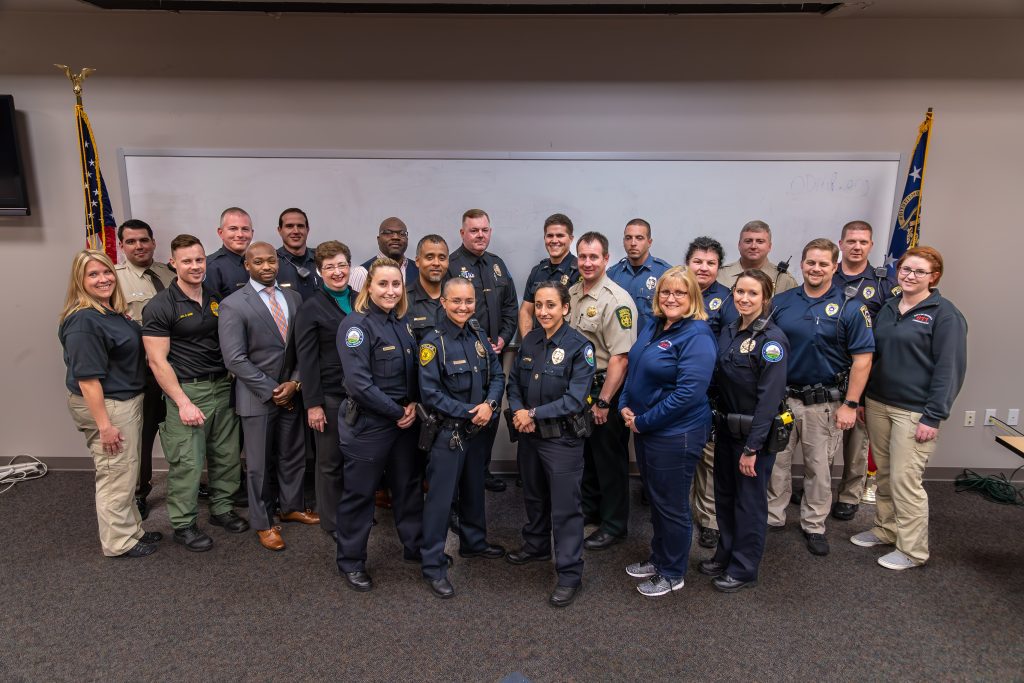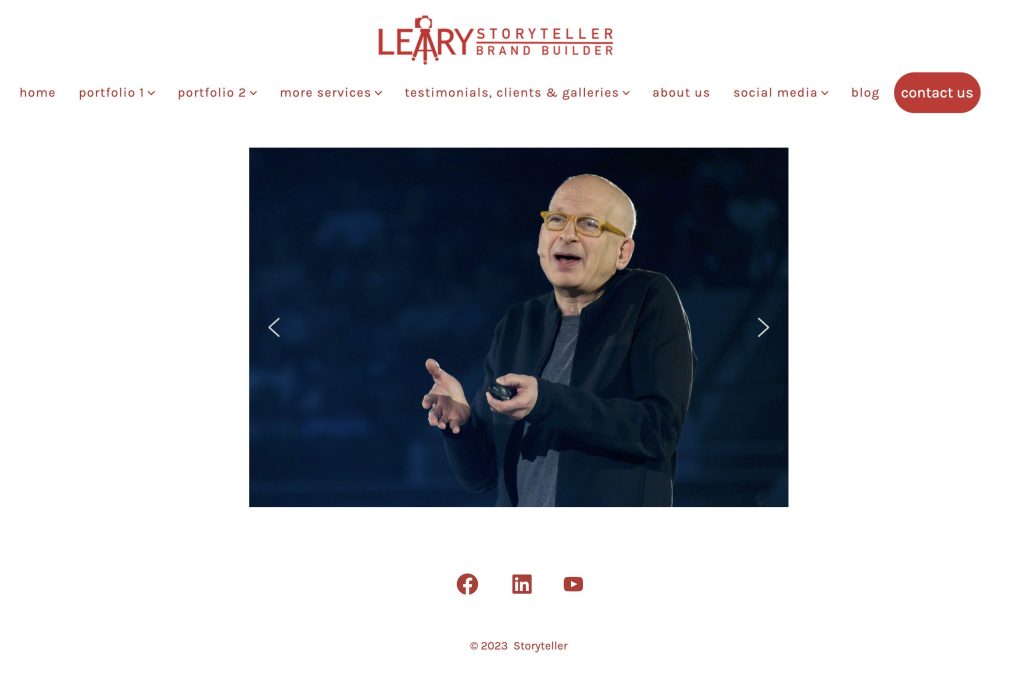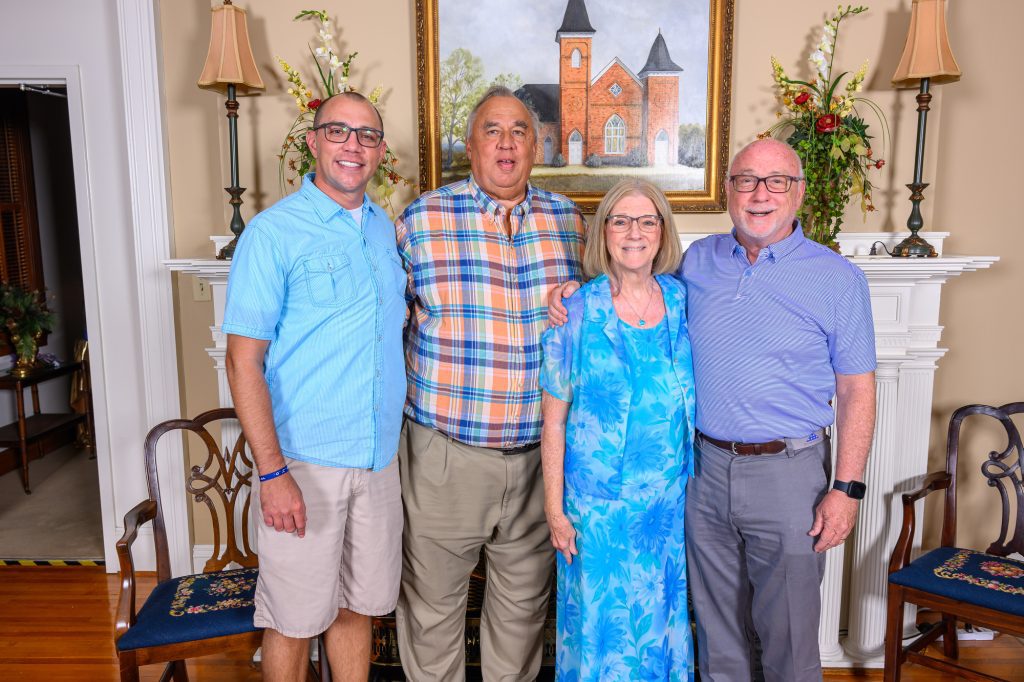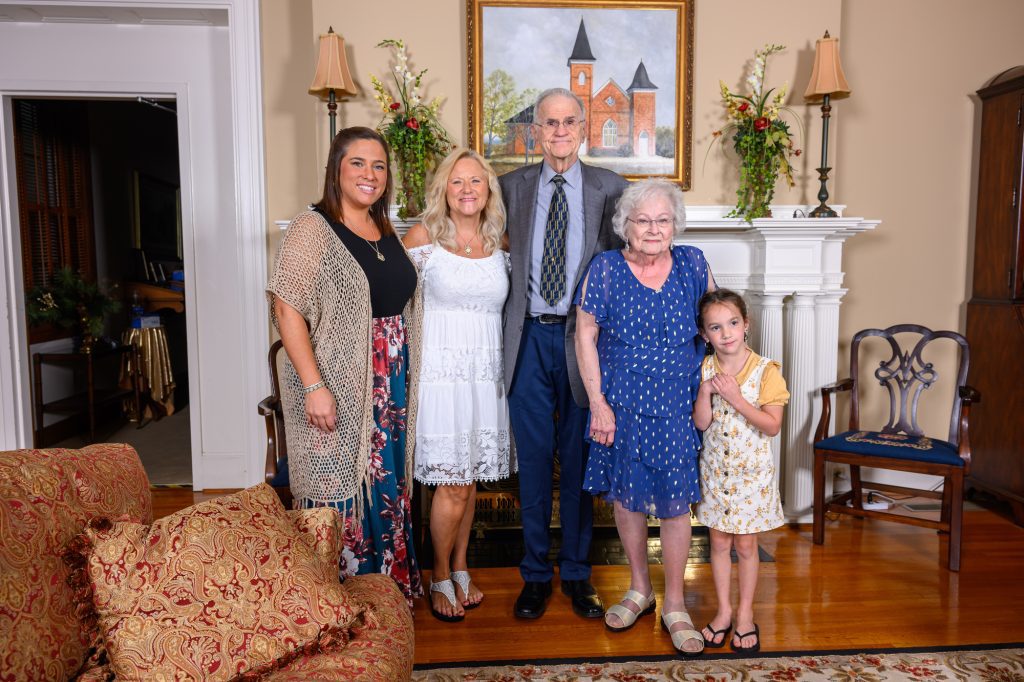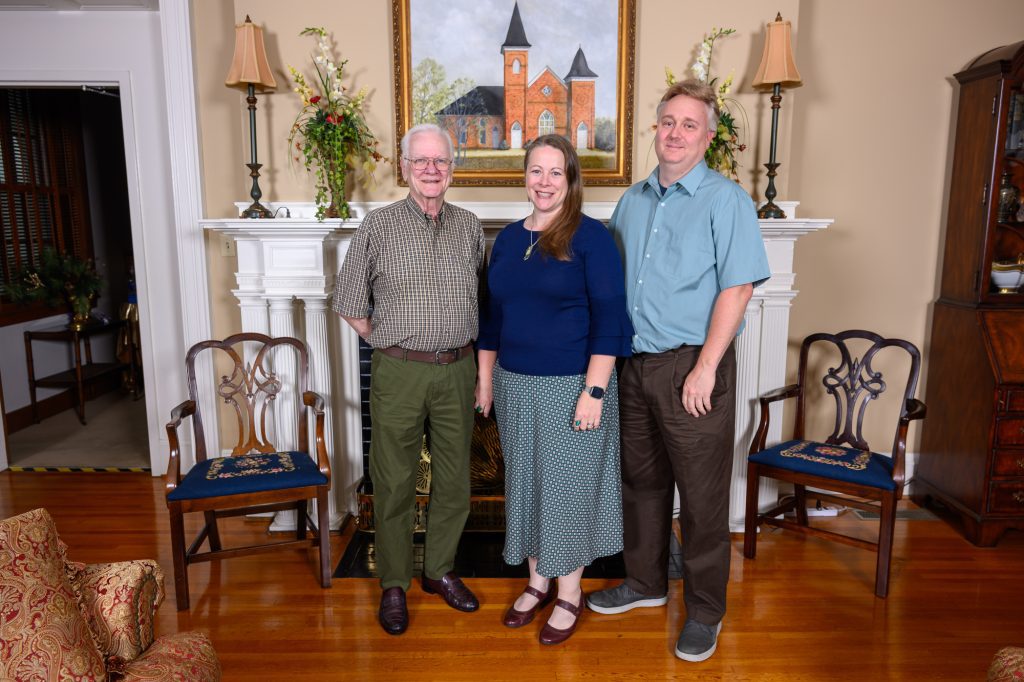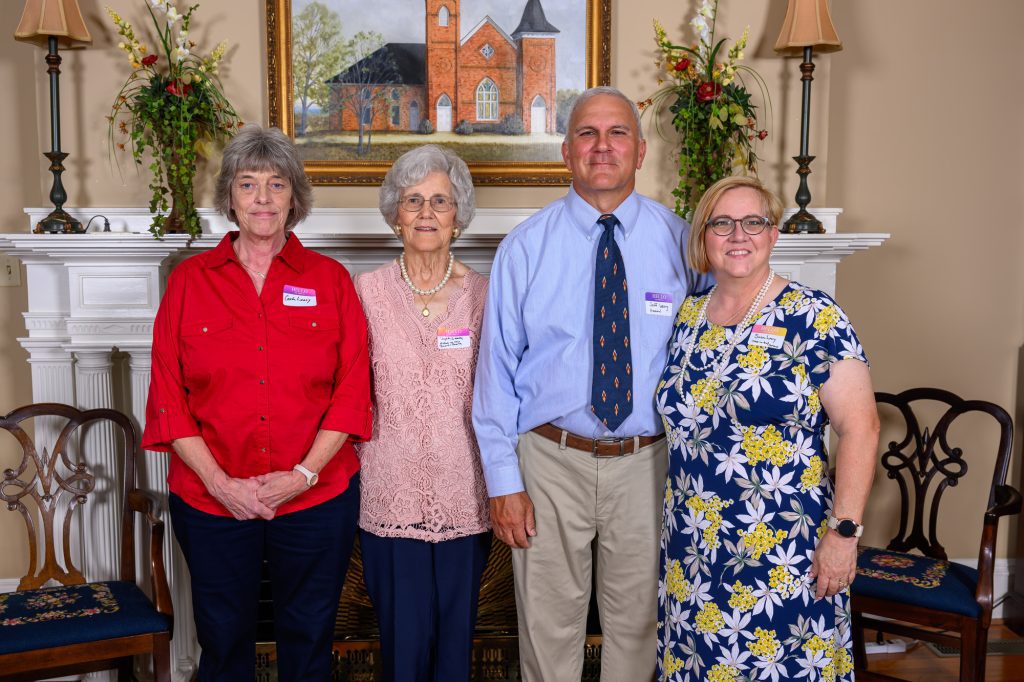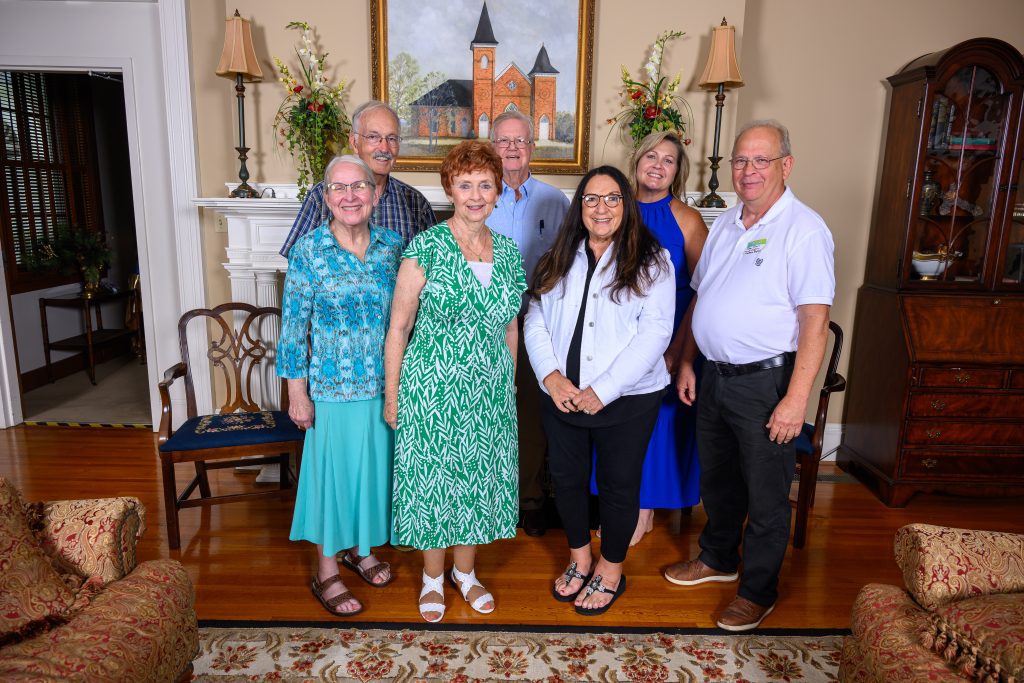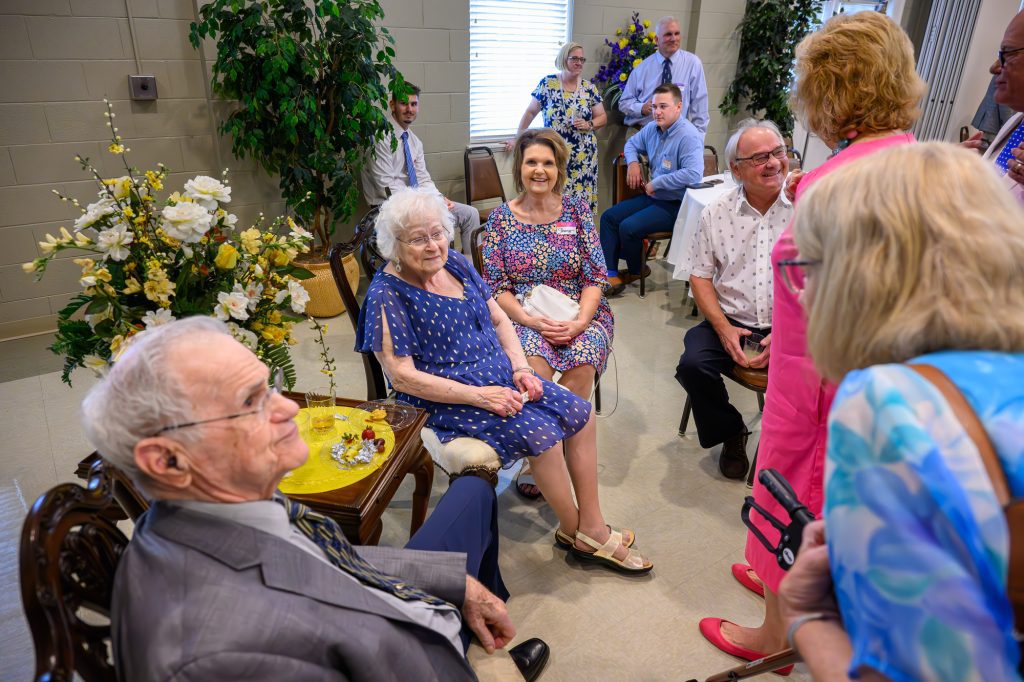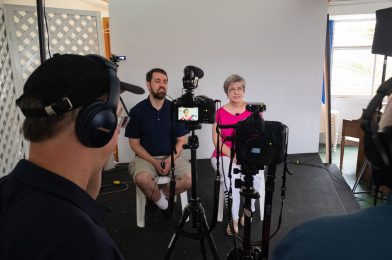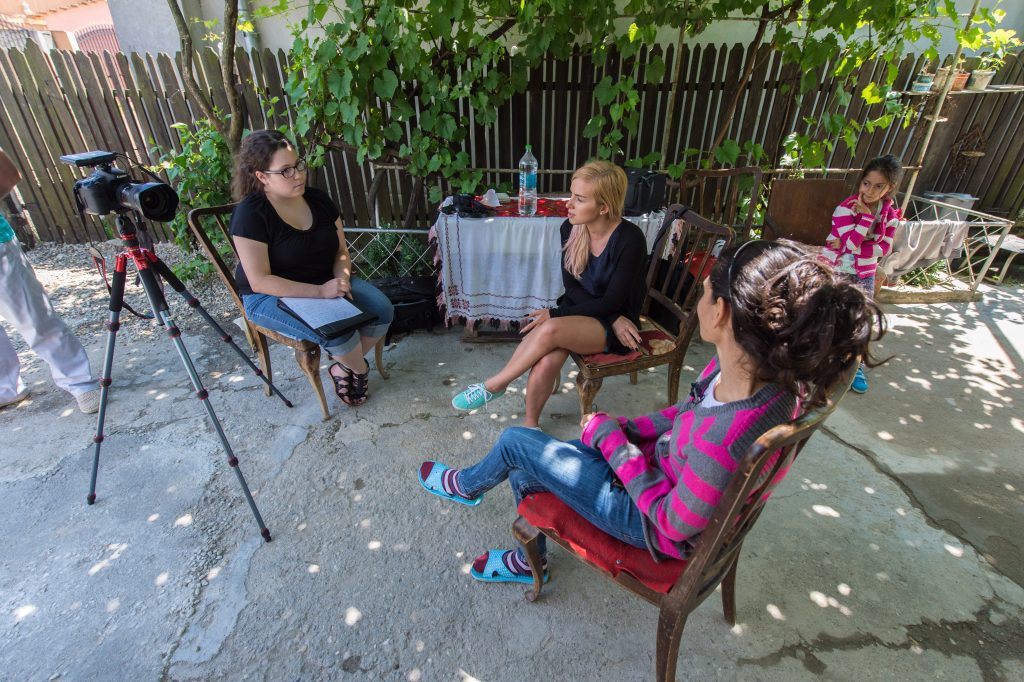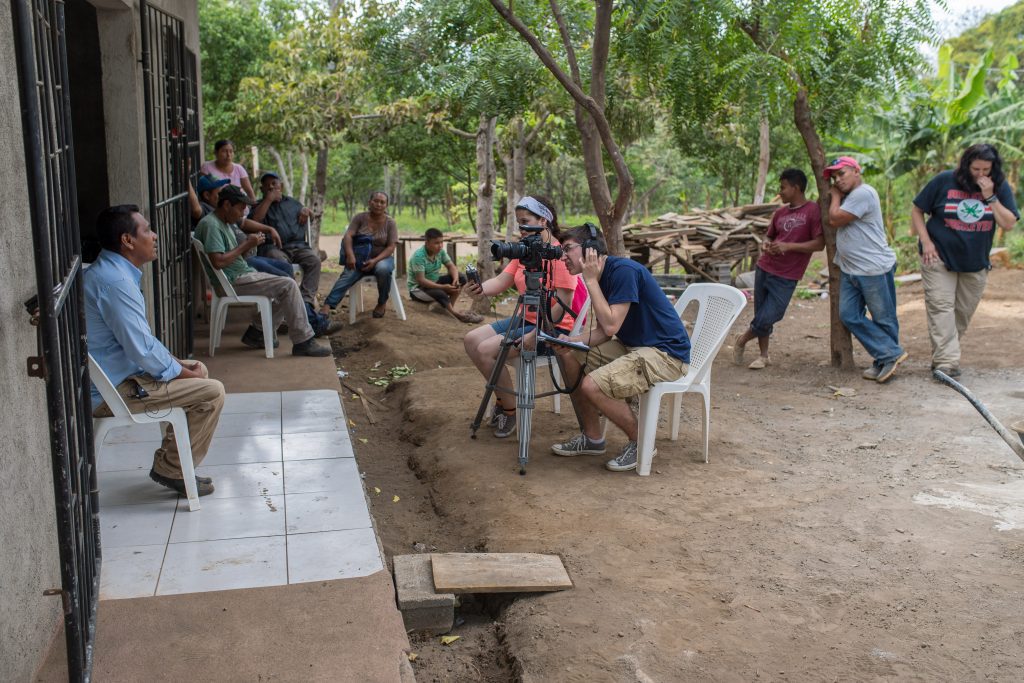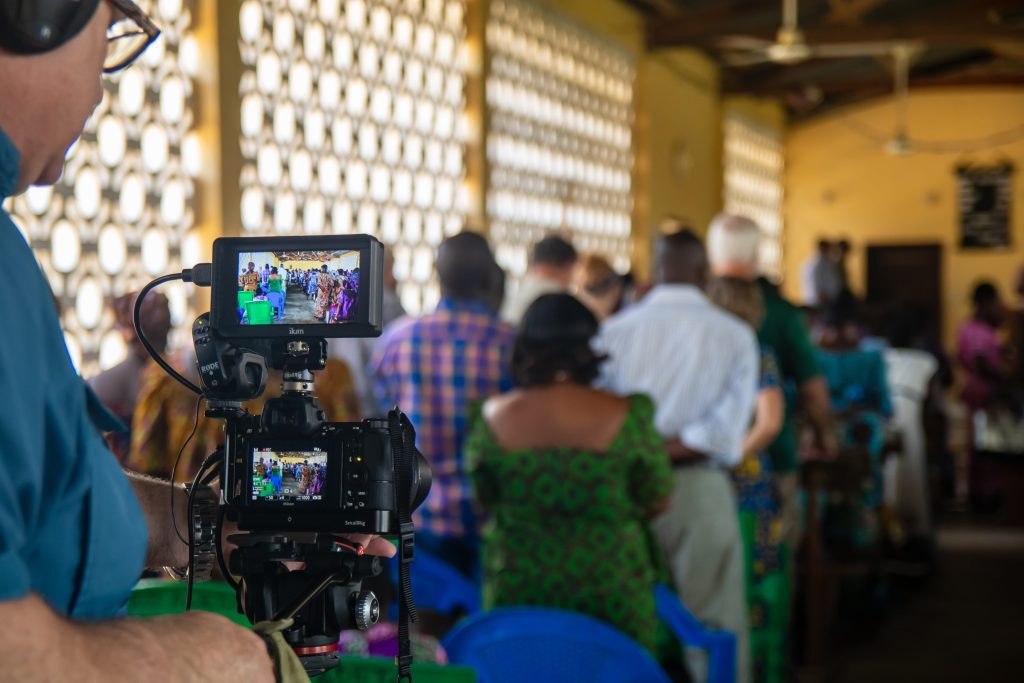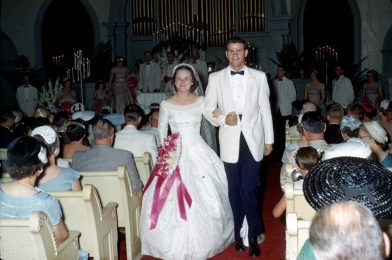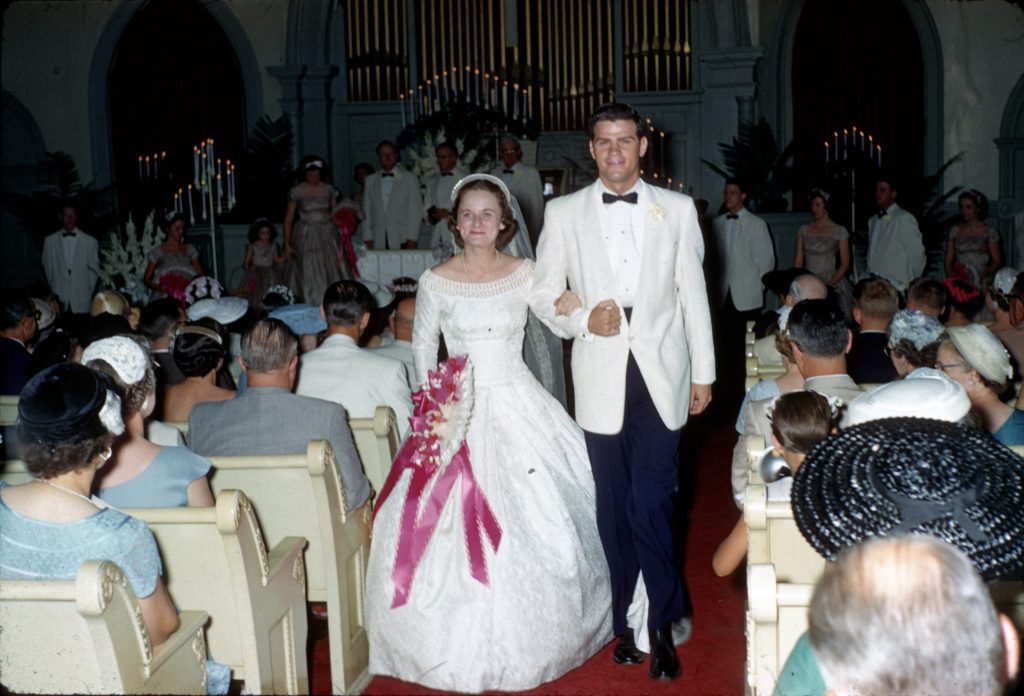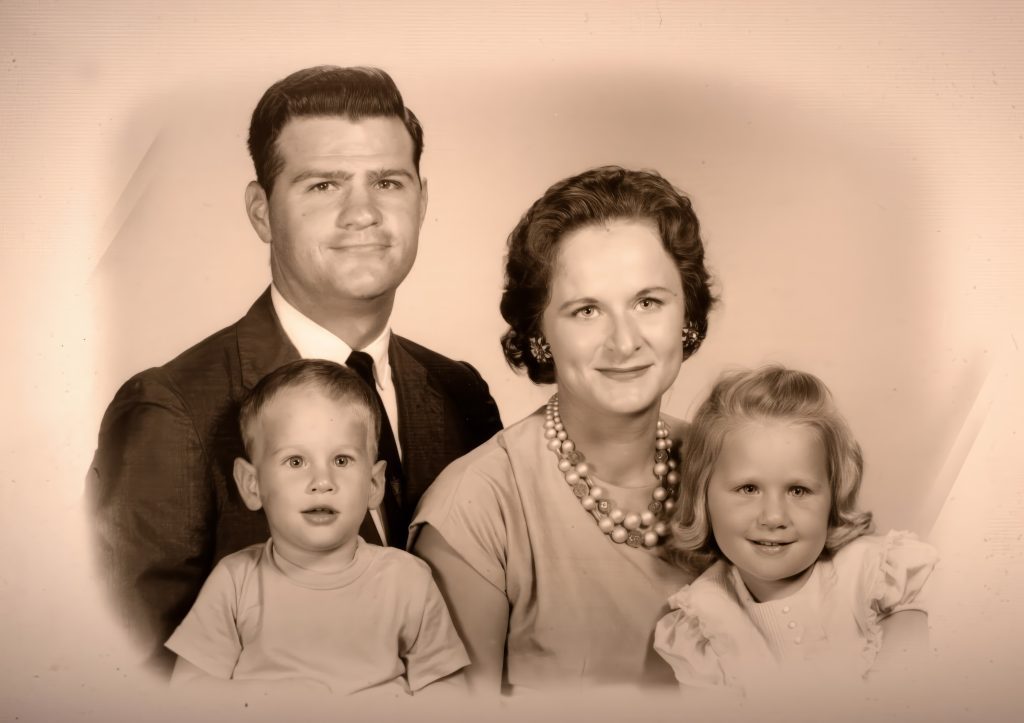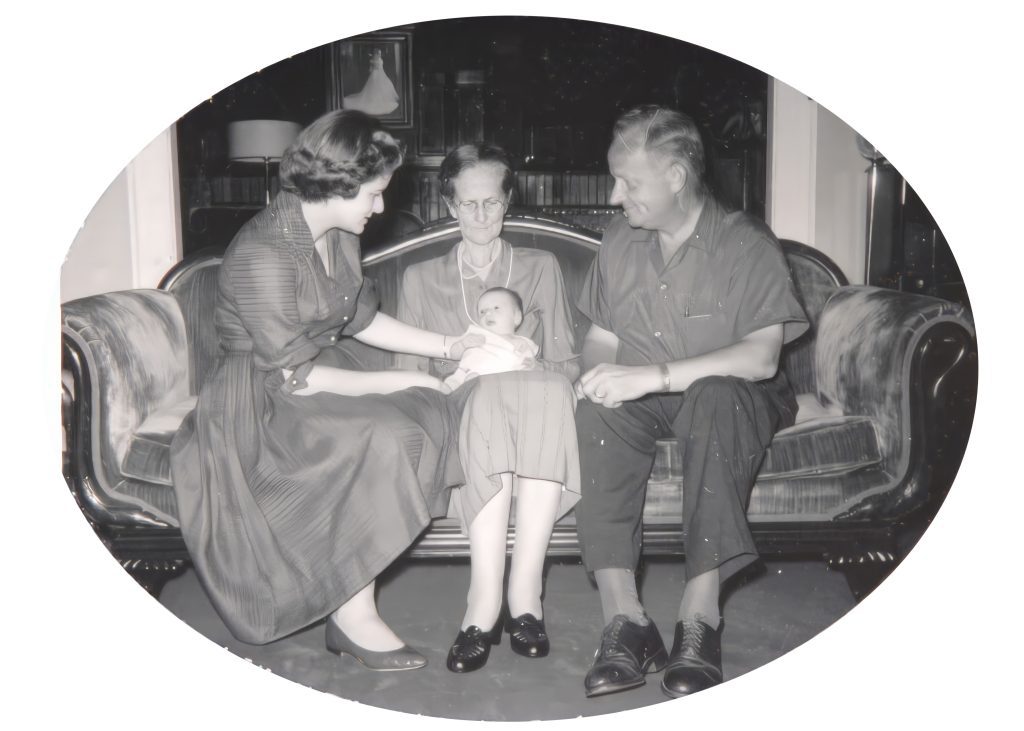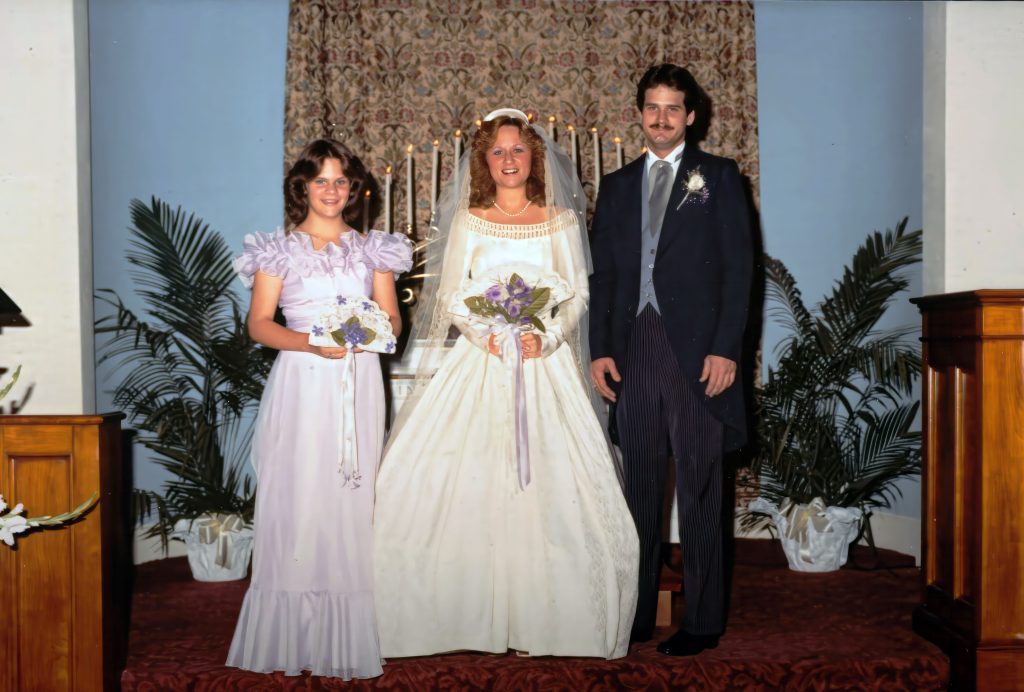Introduction:
Success is often associated with fame, fortune, and prestige in entertainment and storytelling. Many aspiring individuals are eager to step into the producer/director role, dreaming of creating cinematic masterpieces that captivate audiences worldwide. While the allure of the spotlight is undeniable, it’s crucial to remember that being willing to serve is not enough; you must also be equipped for the journey ahead. In this blog post, we’ll explore the vital role of assertiveness and the significance of gaining real experience in your career. Let’s delve into why these factors are critical to your success and how to cultivate them over a lifetime.
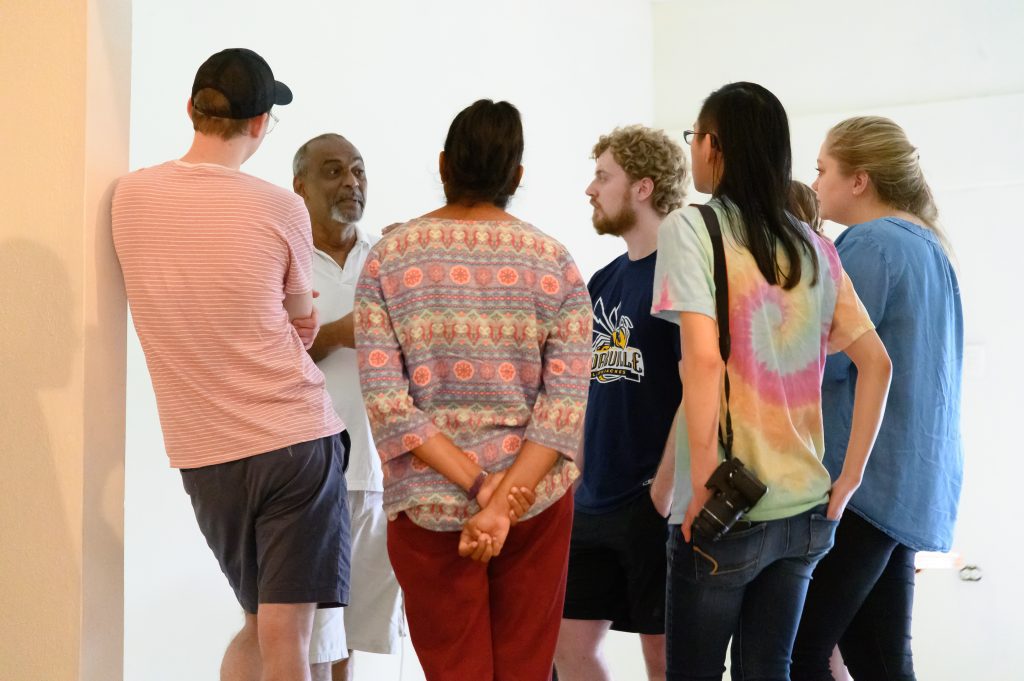
The Essence of Assertiveness:
Being in a producer/director role requires you to know how to be assertive. It’s a quality often acquired after many years in the business. Assertiveness is not about being domineering or controlling; instead, it’s about confidently expressing your ideas and making decisions that benefit your projects. In the realm of communications, it took many years of projects to realize that if you don’t speak up (i.e., be assertive), failure or, at the very least, lower-quality outcomes are likely to occur.
Assertiveness is a skill that can be honed over time. It involves communicating your vision, standing your ground when necessary, and collaborating effectively with others. It’s a delicate balance that requires practice and self-awareness.
Experience vs. Exposure:
Both the concepts of assertiveness and gaining experience are rooted in the understanding that exposure alone won’t cut it in your career. Many individuals are eager to be exposed to the glitz and glamour of the industry, but true success comes from deep and meaningful experience. Exposure may give you a glimpse into the industry, but experience allows you to serve your clients and create a lasting impact.
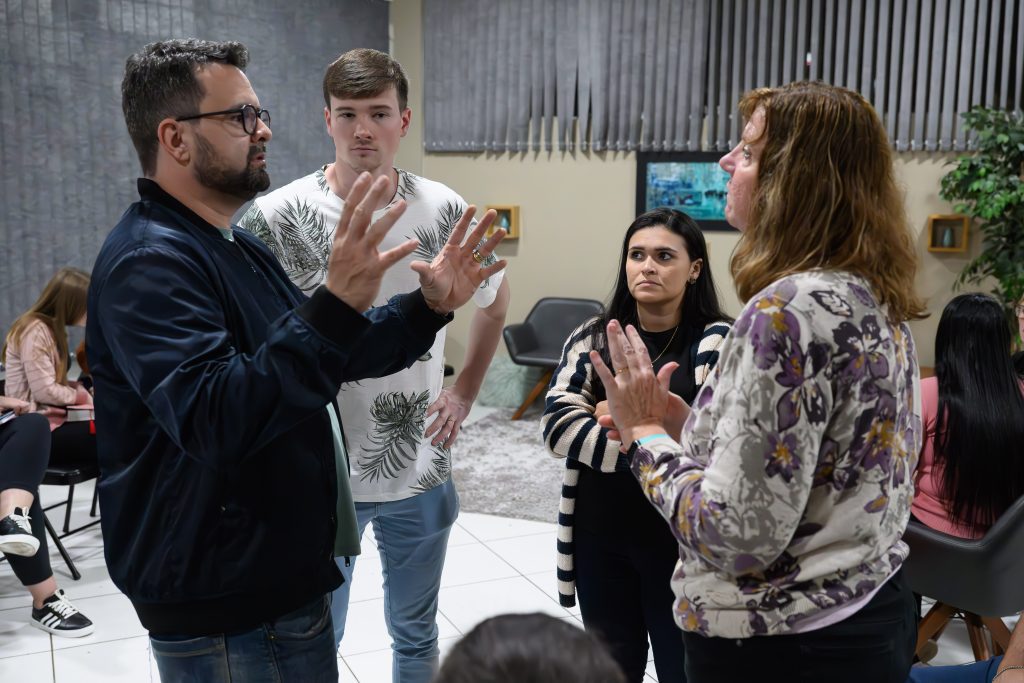
My Role as a Storyteller:
As someone in the role of a storyteller, I’ve realized that assertiveness is a crucial component of my work. Developing this skill took years of working on various projects, wearing different hats, and navigating the industry’s complexities. The ability to assertively convey the narrative’s essence, work with the character of the story and the client, and handle unforeseen challenges is something that can’t be rushed.
Tips for a Lifelong Career:
Now that we’ve established the importance of assertiveness and authentic experience let’s discuss some tips on how to create a career that lasts a lifetime rather than aiming for overnight success:
- Embrace Variety: Don’t be afraid to explore different roles within your field. Each part offers unique insights and experiences that contribute to your growth.
- Learn from Mistakes: Failure is an essential part of the learning process. Embrace your mistakes, analyze them, and use them as stepping stones toward improvement.
- Seek Mentorship: Connect with experienced professionals who can offer guidance and share their wisdom. Their insights can help you navigate the industry’s challenges more effectively.
- Stay Current: The entertainment industry is constantly evolving. Stay up-to-date with the latest trends, technologies, and storytelling techniques to remain relevant and innovative.
- Be Patient: Success often takes time. Avoid rushing your journey and focus on continuous improvement.
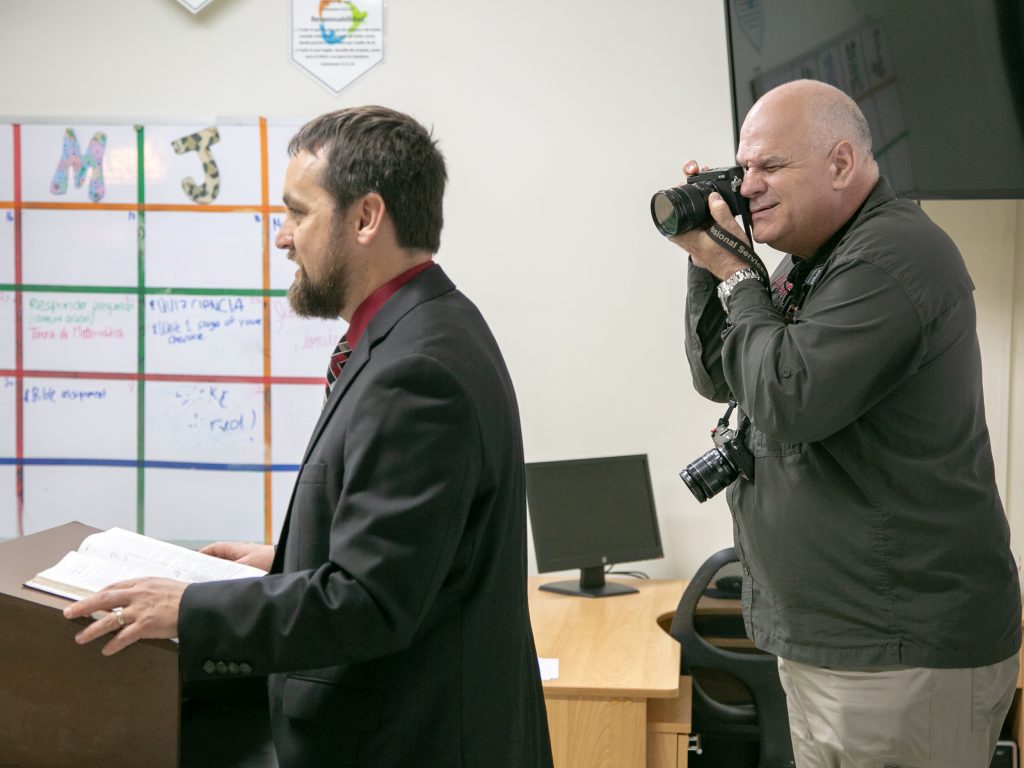
Conclusion:
In entertainment and storytelling, assertiveness and genuine experience is the key to serving your clients effectively and building a lasting career. Remember that success is a journey, not a destination. Embrace the process, keep learning, and be prepared to evolve with the industry. By following these tips and committing to lifelong growth, you’ll be better equipped to make a lasting impact in your chosen field.

